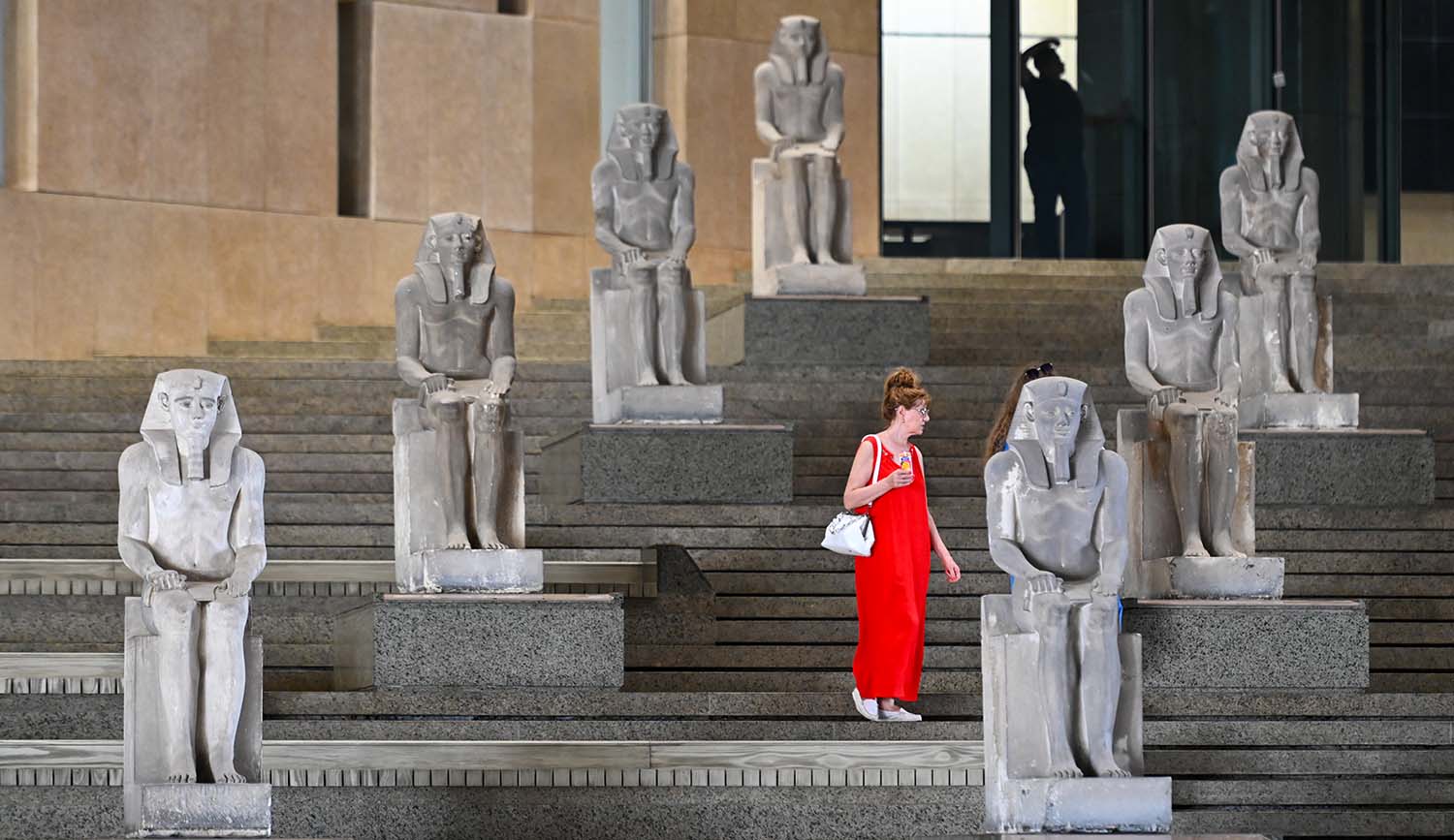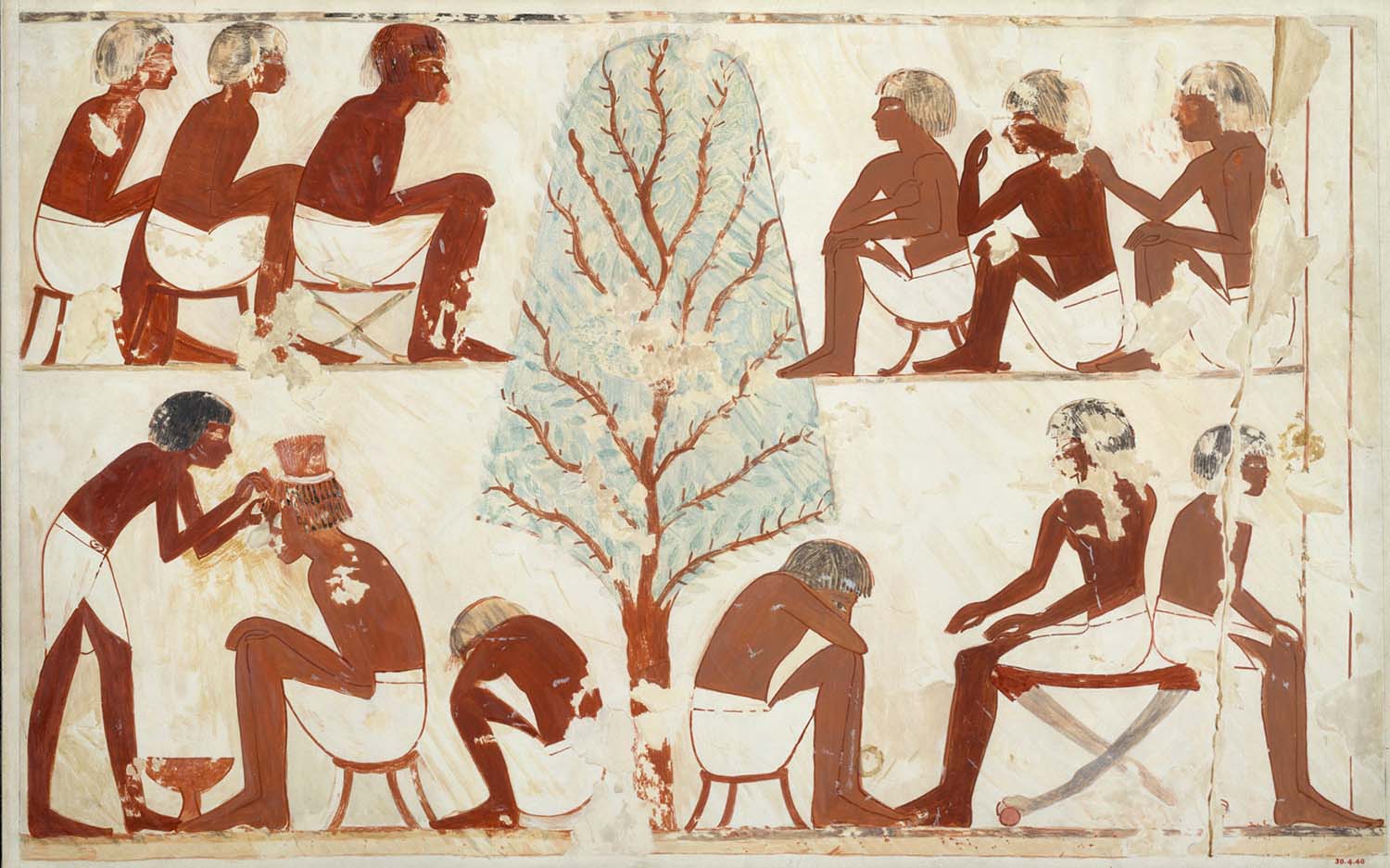The Tomb of the Scorpion Specialist
Archaeologists have uncovered a colorful tomb built for a doctor who treated ancient Egyptian nobles.
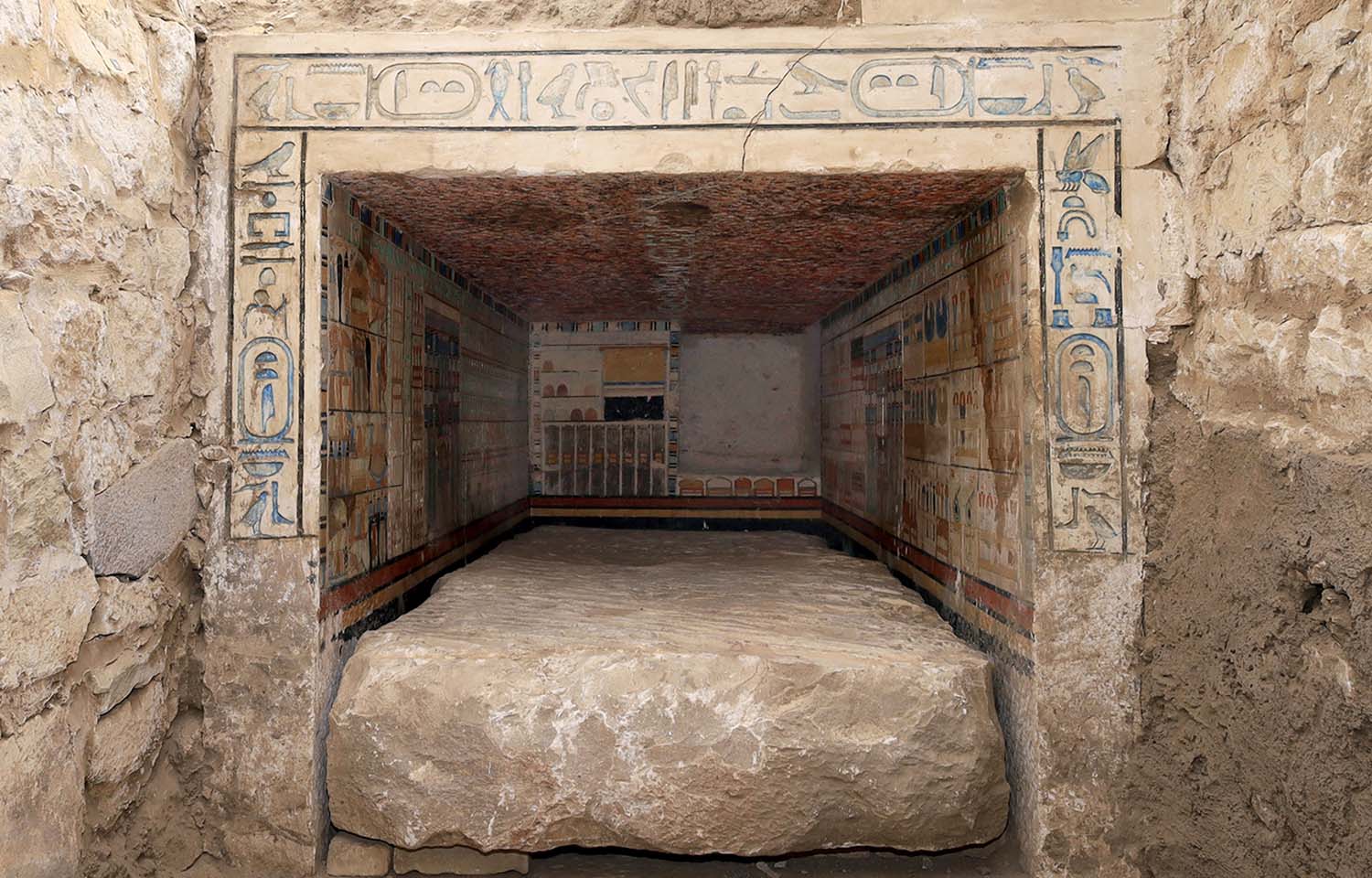
© Franco-Swiss Archaeological Mission of Saqqara
Archaeologists discovered this ancient Egyptian tomb. A doctor named Tetinebefou was placed here 4,100 years ago.
If you got stung by a scorpion or bitten by a poisonous snake, you’d hurry to the hospital for treatment. It turns out ancient Egyptians also had at least one doctor who could treat wounds caused by poisonous animals—and more.
Archaeologists have uncovered a vibrantly painted 4,100-year-old tomb belonging to an Egyptian doctor. Based on the clues in the tomb, the doctor cared for Egyptian royals and specialized in treating snake bites and scorpion stings.
The well-preserved tomb bears the doctor’s name, Tetinebefou, and professional titles in hieroglyphs. These titles, combined with brightly colored artwork, help paint a picture of the doctor’s life thousands of years ago.
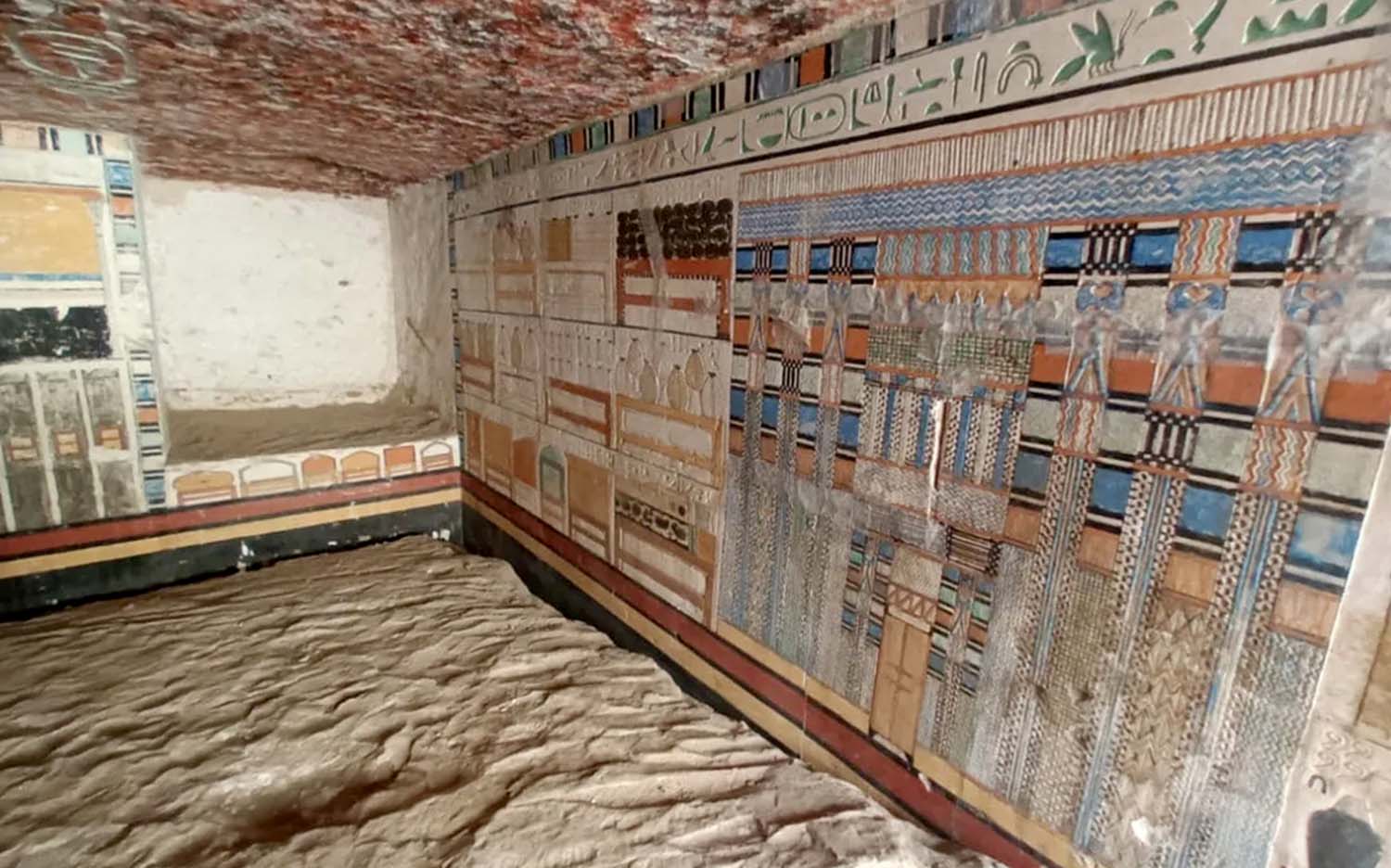
© Franco-Swiss Archaeological Mission of Saqqara
The inside of the doctor’s tomb contains many carvings.
The physician’s multiple professional titles, which were also written on the sarcophagus, or coffin, included “conjurer of the goddess Selket.” The ancient Egyptians believed Selket was a goddess who treated or protected people from snake bites. Tetinebefou’s connection to Selket indicates he was considered both a doctor and a religious priest.
The doctor’s association with this goddess also means he specialized in treating poisonous bites, explained Philippe Collombert to Live Science. Collombert leads the Swiss-French research team for the archaeological site and is an Egyptologist at the University of Geneva in Switzerland. An Egyptologist is someone who studies ancient Egypt between the periods 4500 BCE and the Middle Ages.
Tetinebefou’s other titles included “director of medicinal plants” and “chief dentist,” said Collombert. These many talents and titles indicate that he was likely a royal doctor.
“He was certainly the main physician at the royal court, so he would have treated the pharaoh himself,” said Collombert. Tetinebefou would have lived during the reign of Pepi II, a king during the 6th dynasty of Egypt.
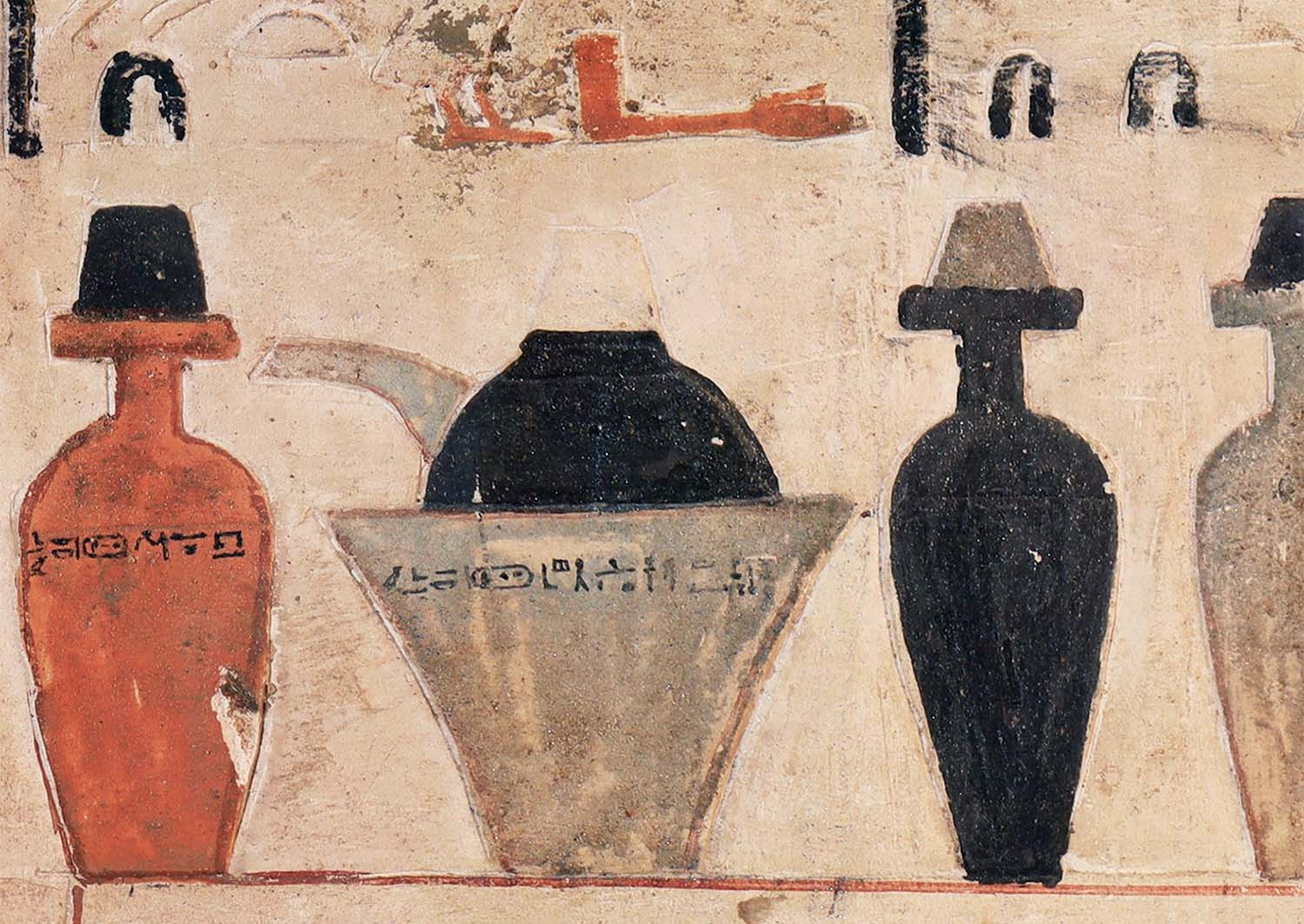
© Franco-Swiss Archaeological Mission of Saqqara
Medicine bottles are painted on the inside of the doctor’s tomb.
The tomb is located at Saqqara, an ancient burial site near the modern Egyptian capital city, Cairo. Saqqara was a burial site for royals and nobles and contains burial remains up to nearly 5,000 years old.
Tetinebefou’s tomb did not contain any human remains or other ceremonial burial objects, which indicates it was raided previously. Still, the research team considers the tomb itself a beautiful archeological discovery.
“Despite evidence of ancient looting, the tomb’s walls remain intact, offering a rare glimpse into daily life and cultural practices during the Old Kingdom,” said Egypt’s Ministry of Tourism and Antiquities in a Facebook post about the tomb. “This incredible find adds to Saqqara’s rich legacy as one of Egypt’s most significant archaeological sites.”

